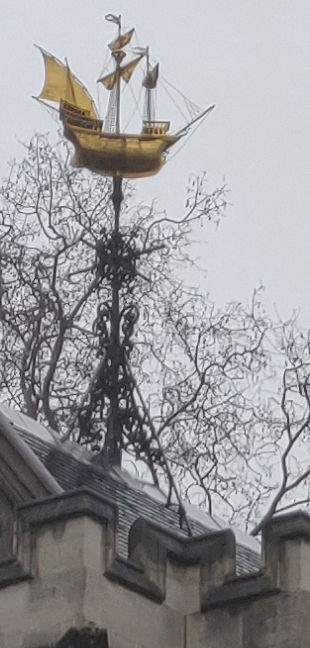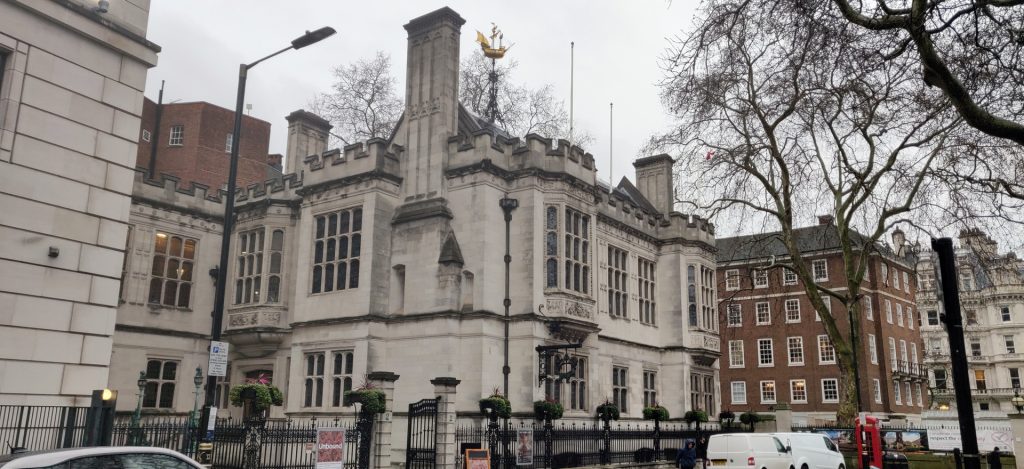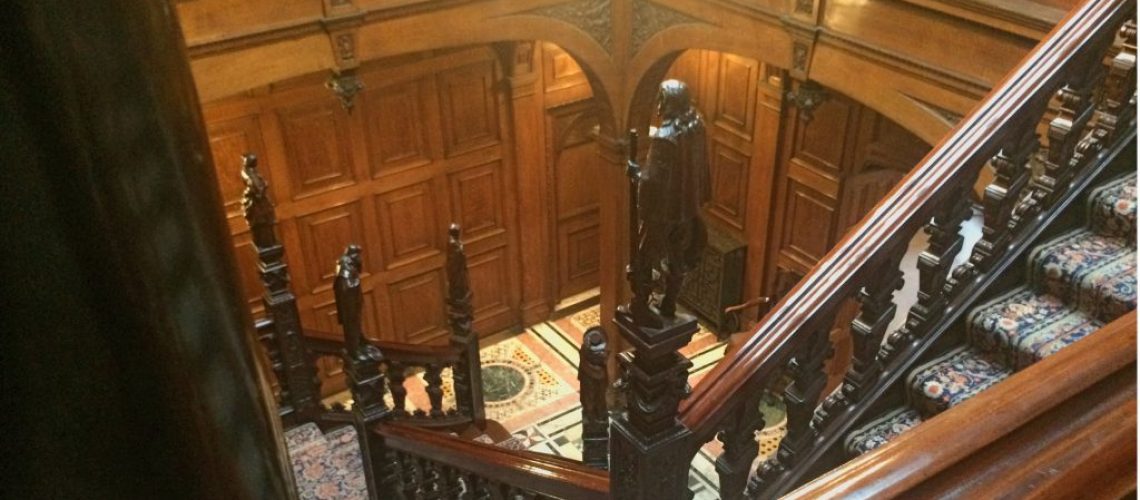Both inside and out this building could be mistaken for a baronial mansion, but it is the 19th century creation of an eccentric American multimillionaire who yearned to be an English gentleman
By Anne Vella
William Waldorf Astor left his native America in 1891 with his immediate family to settle in London. One of the reasons he left was his view that America was no place for a gentleman to live.
On his arrival in England, he set about re-creating himself as an English gentleman. Ultimately, he was made a viscount, thus achieving public recognition and acceptance into the ranks of the English aristocracy. He was fabulously wealthy, so he had the money to achieve this aim. He donated to the Conservative Party and to charities, and he bought racehorses so he was able to mix in the ‘right’ circles. However, he had no ancestral family building filled with references to previous generations of his family or trophies brought back from an 18th century grand tour.
Two Temple Place was built between 1892 and 1895 as Astor’s London office. Although it was never used as a residence, it is a very personal building, because for Astor it was not just fulfilling the practical function of the provision of office space. The building reflects his personal interest in history and literature. It has numerous references to the past and the pioneering spirit of his great grandfather, John Jacob Astor, who had made the family fortune, while at the same time embracing modern technology. In addition, the building incorporates architectural elements that create the impression of an ancestral building.

The first view a visitor gets is of the façade of Portland Stone, with two oriel windows on the first floor, a clear reference to the Jacobean period. On top of the building is a glistening golden weathervane representing the Santa Maria, the ship in which Christopher Columbus sailed to America in 1492. The nautical theme continues with the galleons on top of the bronze lamps on the steps leading to the entrance. These are references to John Jacob Astor’s decision to cross the Atlantic, where he made the family’s fortune, first, in the fur trade and, then, by building a vast property empire.
The bronze lamps are the work of William Silver Frith and were electric from the outset. They are decorated with putto figures, one of which is holding a light bulb and two others are having a conversation on an early form of telephone. Two Temple Place was fitted with the latest in modern technology and that is reflected in the playful decoration on these lamps that combine the old and the new.
In case a visitor had not understood the symbolic references to John Jacob on the exterior, in Astor’s day the words ‘The Estate Office of John Jacob Astor’ appeared over the entrance, which might perhaps be considered to be a not very subtle expression of Astor’s desire that this building be considered a dynastic edifice that had been in the family for years.
The double-height staircase hall in the centre of the building is covered with a stained glass canopy with decorations that give the impression of armorial bearings that might have been acquired by a family over a period of time. The canopy is also decorated with pendants that were common in grand houses in the Tudor and Jacobean periods. From the gallery under this canopy the visitor enters the Great Hall used by Astor as his study. The hammer-beam ceiling creates the feeling of a baronial hall and is a clear reference to the hammer-beam ceiling of Westminster Hall, the oldest part of the Palace of Westminster.
Ann Vella, aemvella@googlemail.com
To learn more about Two Temple Place, visit https://twotempleplace.org


